
‘Afraid of the water’? Life in a city that dumps billions of litres of raw sewage into lakes and rivers
10 billion litres of sewage are dumped into Winnipeg’s lakes and rivers each year. Some...
In March, a small non-profit in British Columbia cut 10 cheques worth approximately $5,500 each, and hand delivered them to as many First Nations on southern Vancouver Island. The money, collected in the second half of 2023, is the first annual installment of voluntary “rents” paid by residents and business owners who live and work on the First Nations’ homelands.
The South Island Reciprocity Trust is the brainchild of Craig Candler, a second-generation Canadian and cultural anthropologist who has worked with Indigenous communities for nearly three decades. “I felt it was really important for there to be a pathway that wasn’t just recognizing with words that we’re on Indigenous territory, but was actually meaningfully giving back to the communities who we need to thank for where we get to live.”
Established in June 2023, the South Island trust is the first of what Candler intends to grow into a series of regional trusts created in partnership with First Nations across Canada. The trusts will fall under the broader umbrella of the Reciprocity Trusts Society, the non-profit created by Candler to administer the program.
The idea for a “voluntary rents” initiative first came to Candler nearly two decades ago, not long after he purchased his first family home in Esquimalt, B.C. “After renting for ages, we were able to put a down payment on a house, which turned us into landowners,” he says.
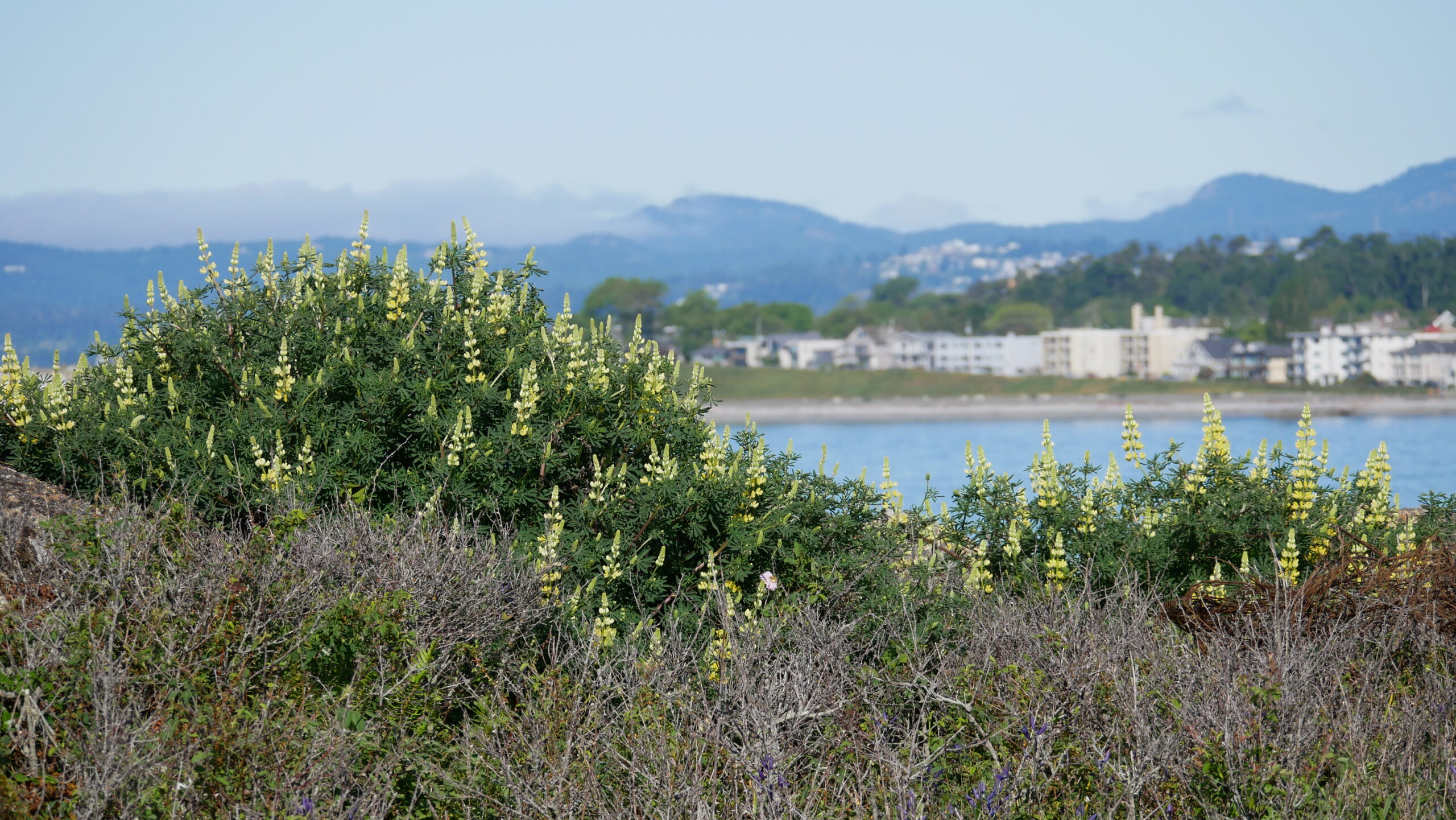
At the time, Candler was employed by an engineering and environmental science firm that was working on various land-use projects involving Indigenous communities — in both remote places and major cities. This experience opened his eyes to the extreme constraints imposed on urban nations’ access to their traditional territories and resources. “It was the first time I had worked with a set of urban nations whose lands had been taken up by thousands and thousands of little pieces of private property, just like the one we had bought.”
Moved to act, Candler approached the late Andy Thomas, then-chief of the Esquimalt Nation. Candler asked to pay a portion of his taxes to the First Nation. “[Chief Thomas] basically said, ‘Craig, we’re happy that you’re on our lands. You’ve done good work for the nation. But it would be such a headache to have to administer that! Maybe someday, if you and a bunch of your friends can get together, we should have another conversation.’ ”
That suggestion stuck with Candler, and in 2020 he founded the society, hired executive director Sarah Reid, and together they began work in earnest to create what would eventually become the South Island trust.
For Chief Abraham Pelkey, SMOȻEŦET, of the SȾÁUTW̱ (Tsawout) First Nation, receiving voluntary rents is a small step towards redress. “My initial thought was: ‘What a proactive step to take towards reconciliation — with our relationship as First Peoples of the land and non-natives outside the nation.’ It’s a good step towards mending our relationship.”
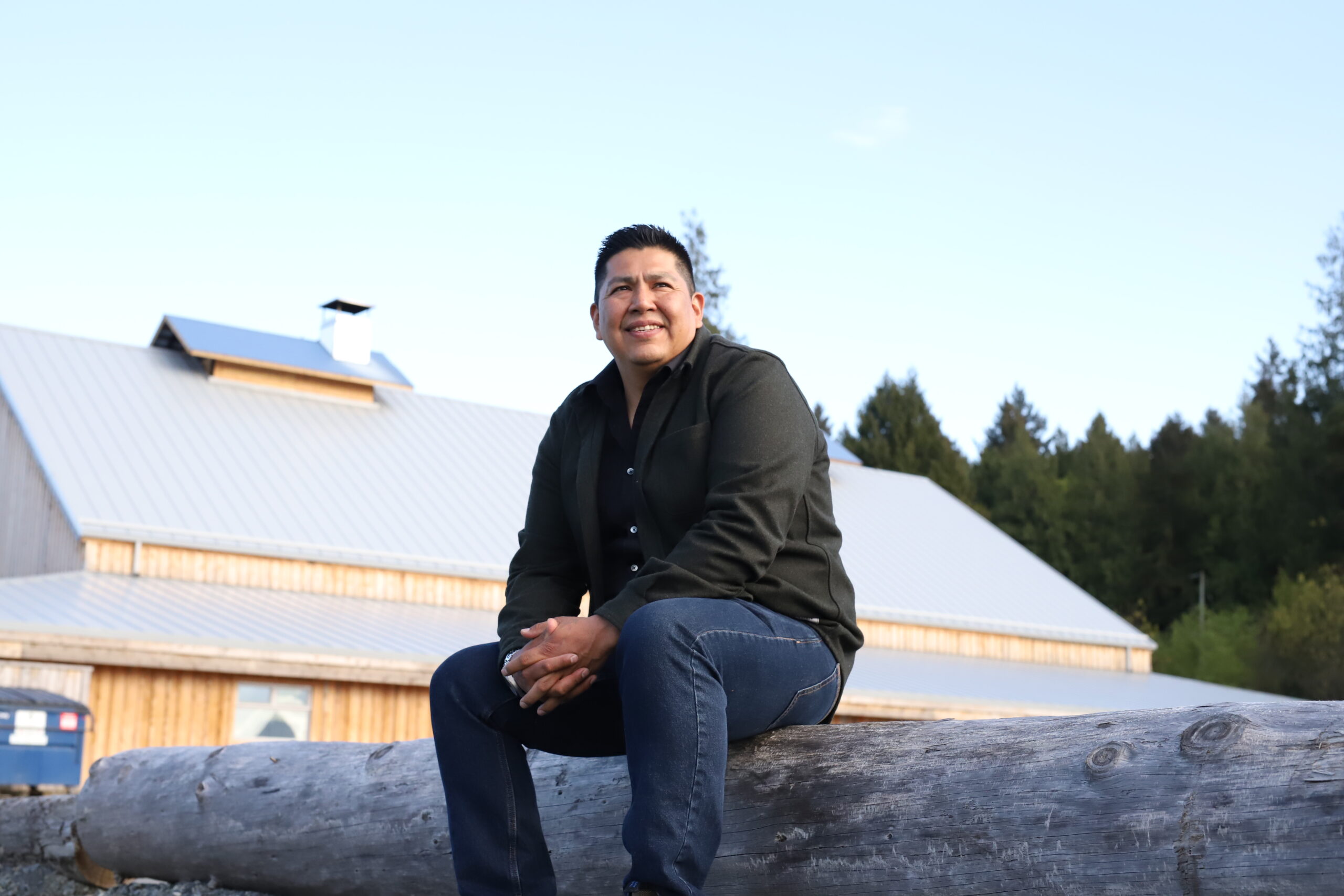
SȾÁUTW̱ Nation will put its share of funds toward the $20,000 annual operating cost of its new longhouse. The 14,000-square-foot building opened its doors in October 2022, replacing a former longhouse that burned to the ground in 2009. That loss devastated the community and, 13 years later, Pelkey can’t overstate the importance of having a gathering space again. “This place is very significant to us. It’s the heart of our community. There’s a lot that happens in there. Our cultural values are expressed in there, and our cultural teachings. What better purpose than to hold up all of our people at the longhouse? There’s no better investment.”
Some nations have a clear idea of what they’ll do with the funds, while others are still deciding. Pacheedaht First Nation plans to hold a community feast. And T’Souke Nation is considering putting the funds toward pulling up an invasive shrub, Scotch broom, as part of its ecological restoration work — or setting the money aside to contribute to future land acquisition. Sc’ianew (Beecher Bay) First Nation will support community youth to participate in the Tribal Canoe Journeys event this summer. Tribal Journeys brings together First Nations people from both sides of the Canada-U.S. border on the Pacific Coast to participate in a multi-day paddling trip and cultural celebration. This year’s event, hosted by puyaləpabš (Puyallup) Tribe in Washington state, will focus on youth.
Chief Pelkey acknowledges this year’s contribution is not a lot of money, but is quick to point out that the fund has a symbolic purpose too. “In the true nature of helping and caring for one another, it’s not just the money. It’s what the money could do for us. It truly is about creating the relationship between our communities as a whole.”
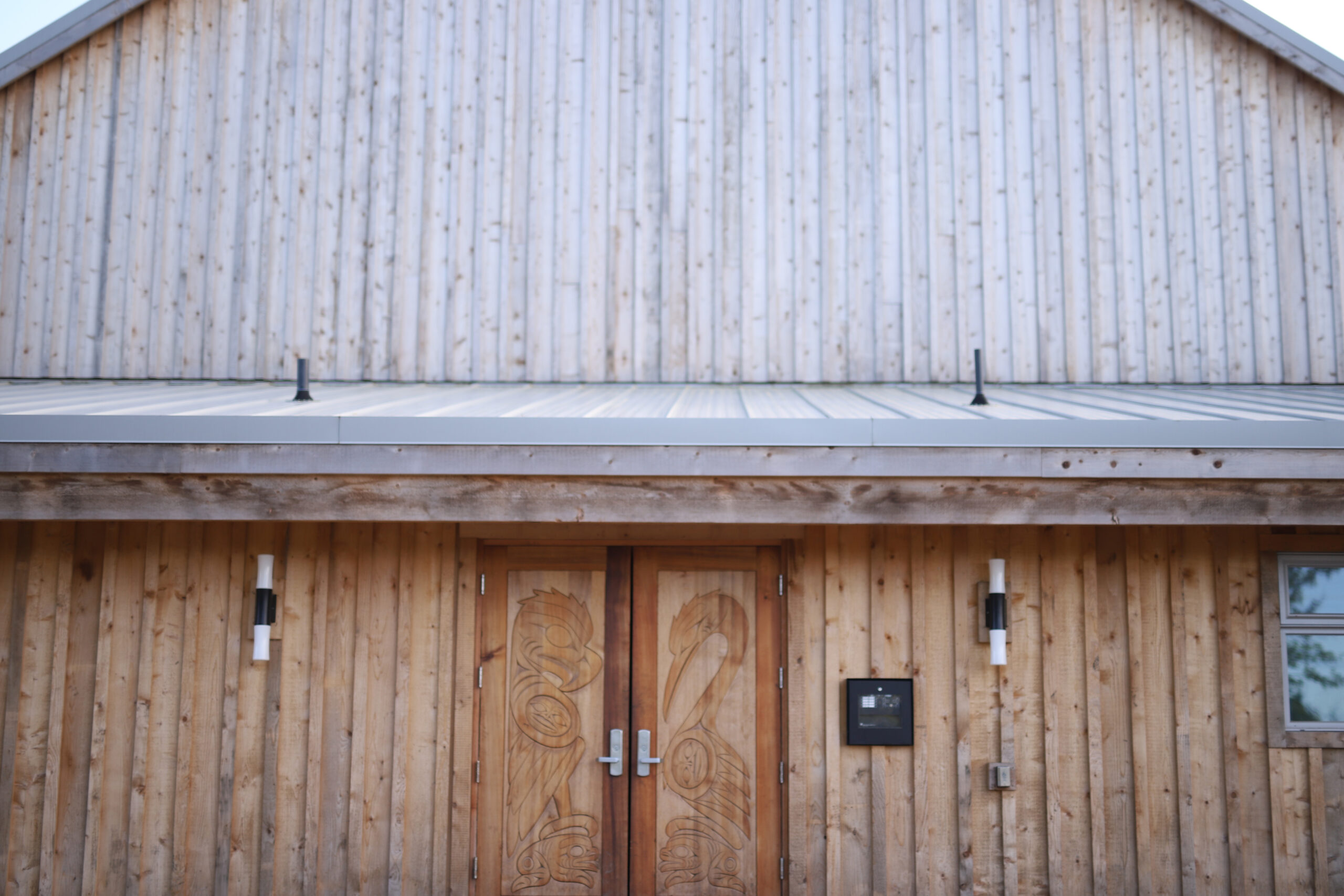
Like Chief Pelkey, Oak Bay resident Simon Owen feels the payment of voluntary rents to First Nations is about more than the transfer of wealth. “It’s somewhat about money, because we live in an inequitable and material way. But the ethical work that the trust does, that’s more important to me.”
Owen is one of 142 residents who contributed to the South Island trust last year. (An additional eight contributions came from small businesses or events.) A non-Indigenous lawyer practicing Indigenous law, Owen is interested in disrupting the notion of exclusivity when it comes to land usage and ownership.
“We’re living with the ramifications of all these explicitly racist and genocidal decisions,” he says. “If we’re serious about detoxifying that, land has to be part of that conversation.” As does the misconception of land ownership leading to exclusivity, he says. “I think this notion of scarcity is manufactured. That red herring [that] to acknowledge space for Indigenous governance and decision-making means game over for everything else.”
For Owen, contributing to the trust is an opportunity to “live more responsibly” alongside the First Peoples of his community. Not all of his friends share Owen’s views, however. “I got questions like, ‘How do you know the money is going to the right people?’ ” In Owen’s opinion, there’s a subtext to these questions that is deeply paternalistic. “We don’t ask our landlords; we just pay them the rent.”
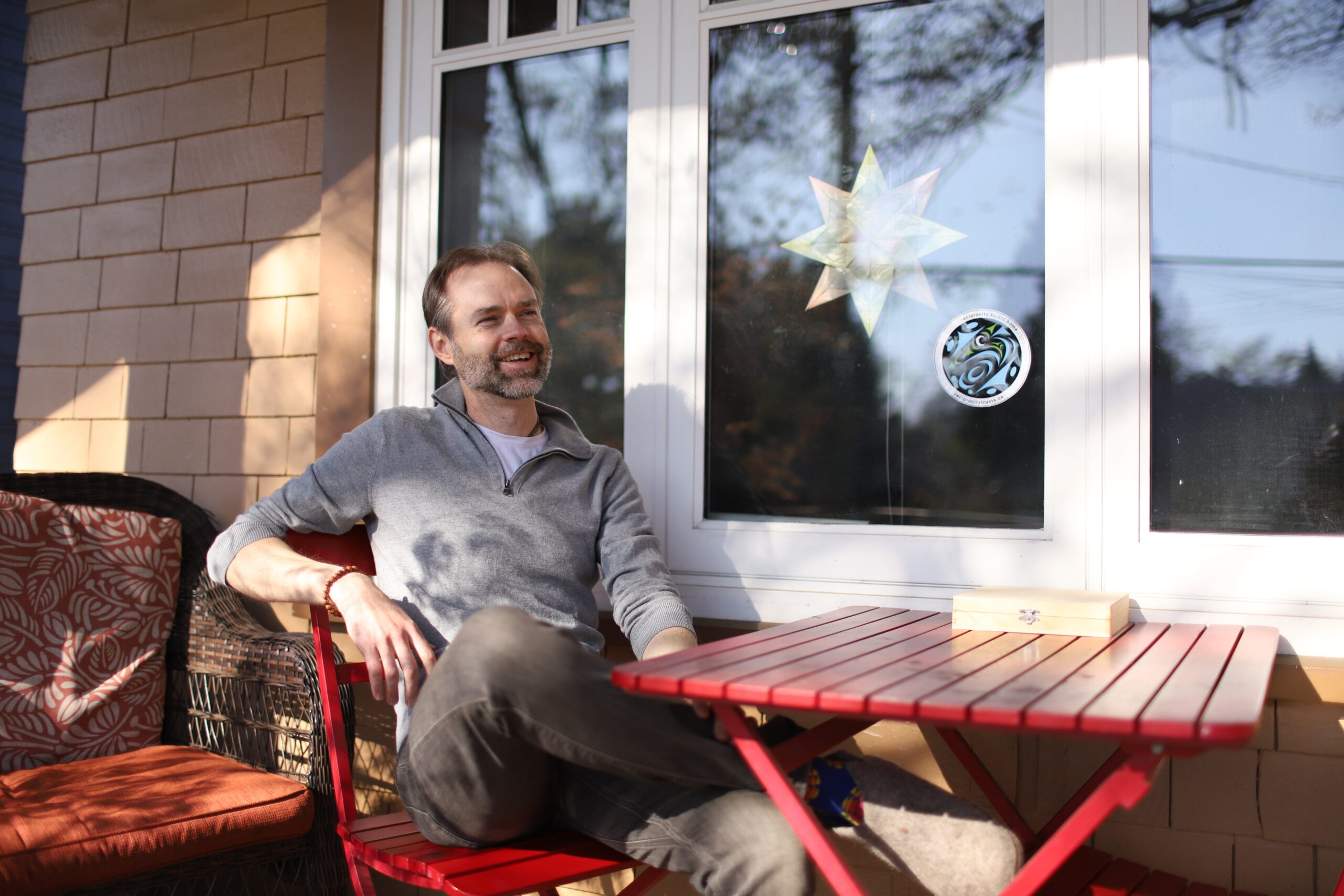
Despite his enthusiasm for the initiative, Chief Pelkey worried about encountering similar attitudes. Some people become skeptics once money is involved, he explains. “That’s the apprehension that I had at the start. Because I don’t want people to perceive this as, ‘They’re just asking for handouts.’ This is not that at all.”
Candler is quick to address misconceptions. “There’s two places that people always go: one is, ‘It’s a tax.’ It’s not a tax because it’s voluntary. The other is, ‘It’s charity,’ but we also have to try to stay away from that. It’s not charity because we’re actually getting something in return,” he says, referring to the many benefits of land ownership.
Although the concept of voluntary rents is relatively new in Canada, similar initiatives have been operating successfully — here and elsewhere — for several decades.
In Australia, a grassroots Pay the Rent program was initiated in the 1970s and has since gone through a number of iterations. Today, it exists as a national non-profit, operated by a collective of First Nations people who make decisions about how the money is allocated, and non-First Nations people who provide administrative and logistical support.
In the United States, there are several voluntary rent programs specific to individual Indigenous Nations or Native organizations. Real Rent Duwamish was started by the Coalition of Anti-Racist Whites in the Seattle area in 2009 as a way to provide resources to the Dxʷdəwʔabš (Duwamish) people, who ceded their lands to the U.S. government but were never given reserve lands or recognition. In northern California, a citizen-created honour tax provides resources and acknowledges the sovereignty of the Wiyot Nation. And in Minnesota, the Mni Sota Makoce Honor Tax was created by a Treaty Rights attorney in partnership with the Lower Sioux Indian Community.
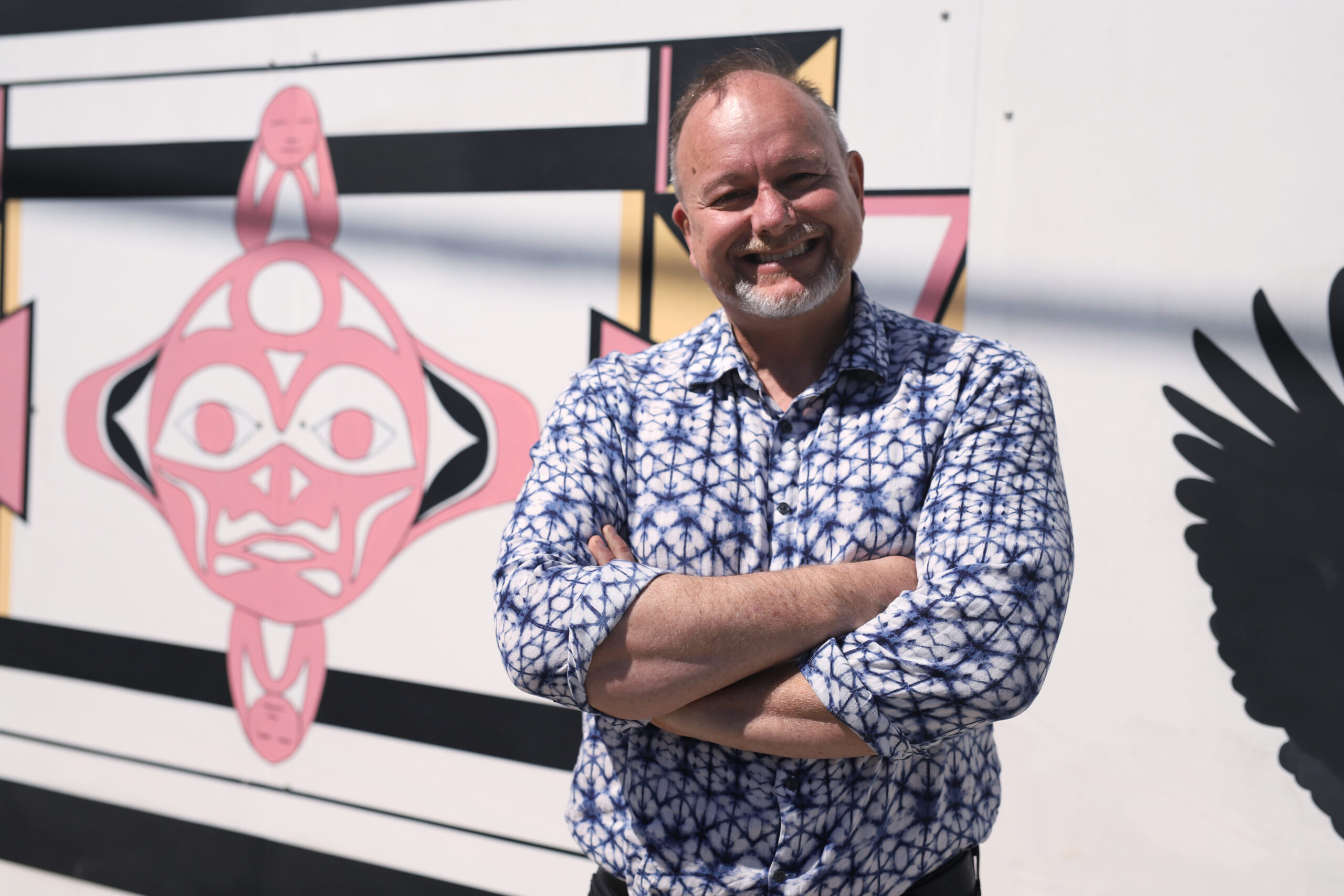
Other arrangements in the U.S. include the Shuumi Land Tax, which supports a land trust on Ohlone territory in the San Francisco Bay area, and the Manna-hatta Fund, which collects funds for the American Indian Community House to provide health, social and cultural services for Native Americans living in New York City.
In Canada, the Nii’kinaaganaa Foundation’s Pay Your Rent program collects money from within Canada and around the world as “a way for those who live on the occupied land of Indigenous peoples to give back,” according to the foundation’s website. Nii’kinaaganaa distributes approximately $9,000 per month to Indigenous-led groups and individuals in support of everything from basic needs to community-strengthening projects.
Some local governments are toying with the idea of voluntary contribution initiatives too. The City of Victoria launched a Reconciliation Contribution Fund in 2022 (a year before the South Island trust opened), and the B.C. municipalities of Saanich and Metchosin announced plans to consult with local First Nations about similar funds that same year.
Establishing the first trust has been a lot of work for the team, and not without challenges. In the early days, the COVID-19 pandemic made it difficult to build relationships with First Nations and overcome some initial distrust.
“The root of skepticism is so deep,” Reid says. “There has been so much taken from Indigenous people and communities for hundreds of years.” Taking time to nurture those relationships has proved paramount. In some cases, mistrust has persisted and she finds herself needing to consistently reaffirm that the initiative is not simply a way for non-Indigenous consultants to make money off of Indigenous peoples.
In fact, the trust’s operating costs are currently heavily subsidized by Candler’s consulting firm, Reciprocity Research Inc. Reid — currently the society’s lone staff member — derives her salary from the company, while Candler and other members of the trust’s board of directors serve as volunteers. (Candler hopes the society will eventually be self-sustaining.)
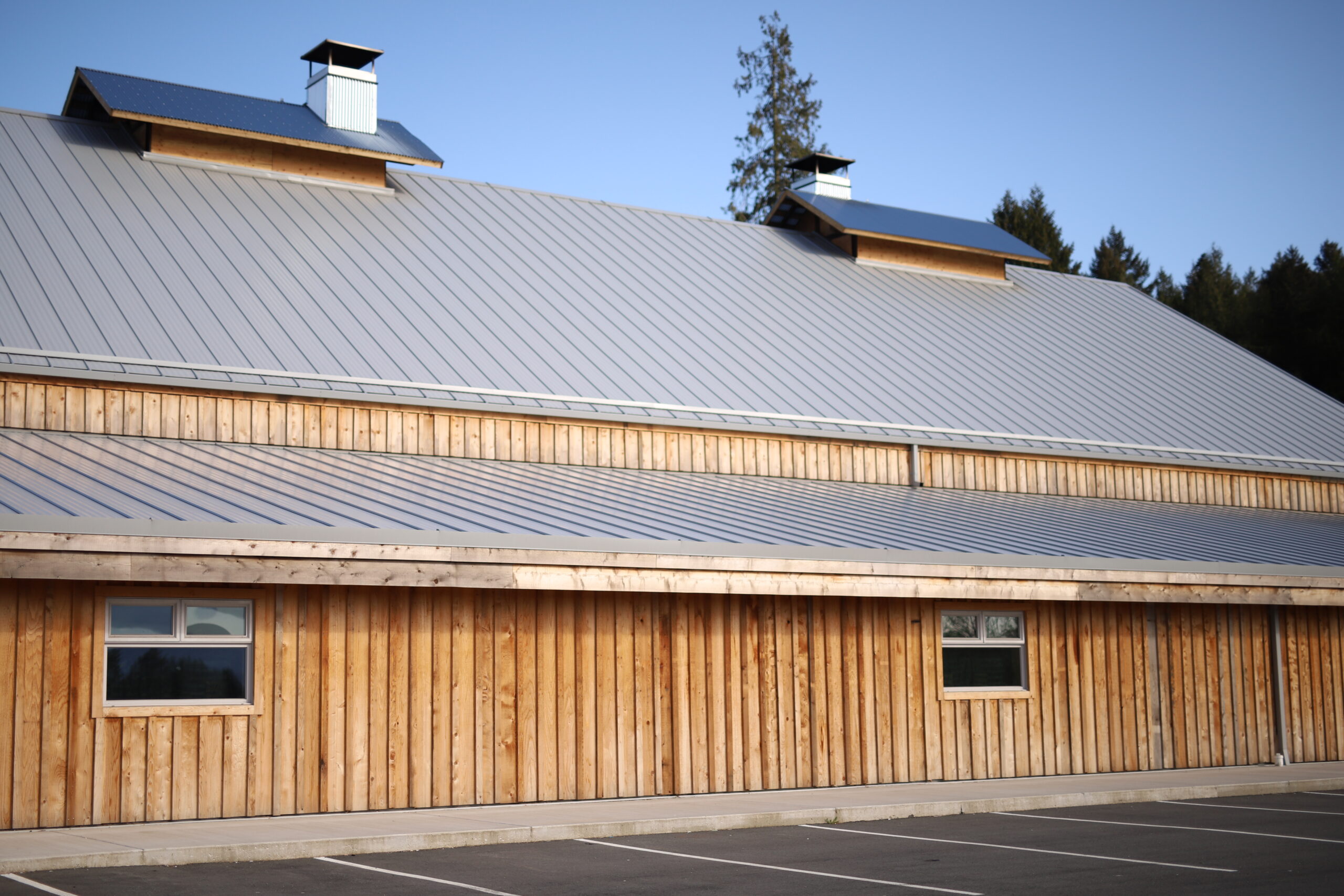
The reciprocity trusts operate on a regionally specific basis. They bypass the involvement of municipal governments, establishing direct relationships with First Nations that share overlapping and adjacent homelands. According to Reid and Candler, there are a variety of reasons for this approach, including avoiding red tape and challenges related to existing tax structures, and, in the case of the South Island trust, reducing the complexity of navigating multiple municipalities, each with council priorities that shift from one year to the next.
Like the Australian Pay the Rent program, the society takes care of administration, and governance of the funds is entirely in the hands of the Indigenous partners, or “beneficiaries.” Each nation may appoint a trustee for any shared decision-making.
Once a trust is created, individuals within its geographic boundaries can make annual contributions via the Reciprocity Trusts website. For residents, the suggested amount is 12 per cent of annual property taxes or one per cent of rent payments. Business owners have a wider array of options, including one per cent of profits, shares, time or products, or some combination thereof. At fiscal year-end, the accumulated funds — less 10 per cent for administration — are divided equally among participating First Nations. Citizen contributors get a decal for their home or business, and the nations can use their share of funds however they choose.
Voluntary rent initiatives are premised on a couple of common understandings: the first is that Indigenous nations never lawfully surrendered the rights to their territories. The second is that settler communities continue to benefit — financially and otherwise — from appropriated lands at the cost of the original inhabitants.
As Métis lawyer Bruce McIvor has written, “The Peace and Friendship Treaties of the 18th century were about establishing peaceful trading relations. In the mid-19th century, colonizers began to envision treaties as a tool for gaining control of Indigenous land whereas Indigenous people continued to understand them as sacred agreements establishing peaceful, mutually beneficial relationships. Treaty First Nations reject and condemn the argument that their treaties are ‘surrender’ documents.”
The Indian Act explicitly states that First Nations and their members can never legally own their own reserve lands. At the same time, the creation of reserves enabled — and continues to enable — non-Indigenous Canadians to own land, profiting from its use and the ongoing appreciation of its monetary value.
In B.C., few historic land treaties were established, and those that were remain contentious. Eight of the 10 South Island trust nations are descendents of the signatories of the Douglas Treaties, signed between 1850 and 1854. Although problematic in many ways, the Douglas Treaties are generally considered by these nations as a commitment by the Crown to Indigenous people that they will have continued use of their lands and waters for the harvesting of traditional foods and other practices — commitments that have not been fully upheld, and in many cases blatantly ignored.
In Candler’s understanding, payment of annual rents was an integral part of the Douglas Treaties’ commitment to sharing resources. “To us that’s very consistent with the spirit and intent of the Douglas Treaties … Lək̓ʷəŋən Elders, when they talked about the Douglas Treaties, it was this expectation of an annual payment; an annual relationship that would continue on over time, where these newcomers would be paying a form of rent.”
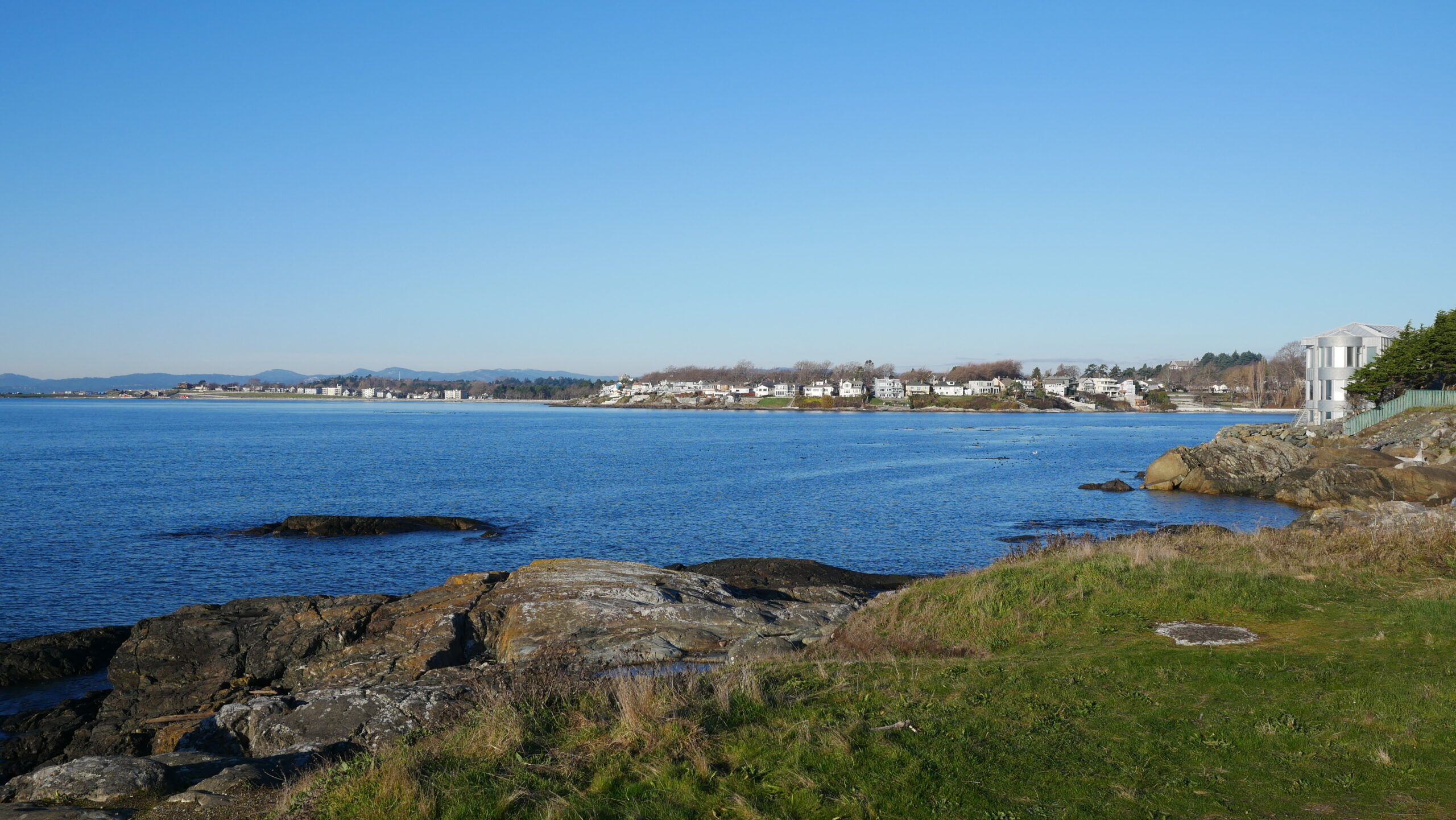
This year, Candler and his team expect to launch a second reciprocity trust in partnership with nine First Nations in the Lower Mainland region of B.C. Talks are also underway with nations in the Kootenay region. Regional trusts in other provinces may happen soon, too; citizen groups in Ontario and Quebec have already reached out proactively to see if trusts are possible in their jurisdictions.
As for the South Island trust, Candler and Reid hope to increase the number of contributors to 1,000 in 2024, an ambitious target from the previous year’s 150.
For Reid, delivering the cheques was one of the most gratifying experiences she’s had since beginning this journey four years ago. “I wasn’t sure what to expect, but I was met with a lot of gratitude,” she explains. “One person told me, ‘On one hand, this isn’t a lot of money, but on the other, this is so much money! Our community has so many needs and this will go a long way.’ ”
And for Chief Pelkey, the trust’s work represents a new beginning. “This is the forming of such a great relationship between Indigenous people of the land and settlers — to rebuild that relationship,” he says. “We’re here and it’s in our laws as First Peoples to remember to be good to one another. And this is the way to do it.” He pauses and adds, “This is just one way.”
Get the inside scoop on The Narwhal’s environment and climate reporting by signing up for our free newsletter. On a warm September evening nearly 15...
Continue reading
10 billion litres of sewage are dumped into Winnipeg’s lakes and rivers each year. Some...

Court sides with Xatśūll First Nation, temporarily halting Mount Polley mine waste expansion

Break out the champagne: Emma’s storied life and leadership in journalism has earned her the...
